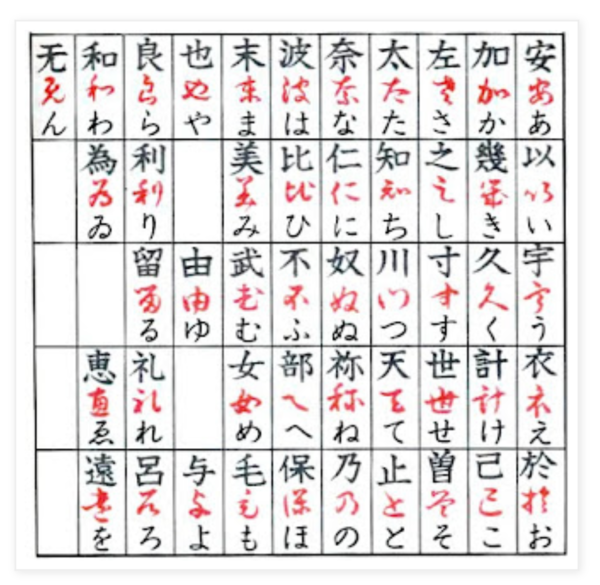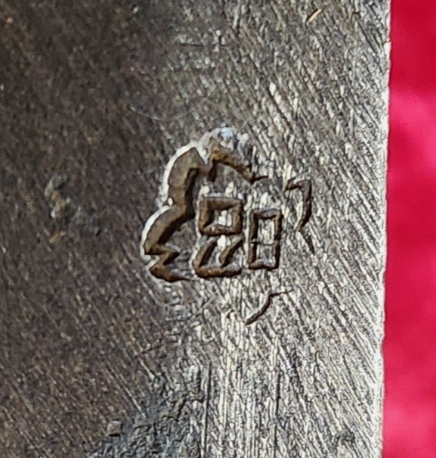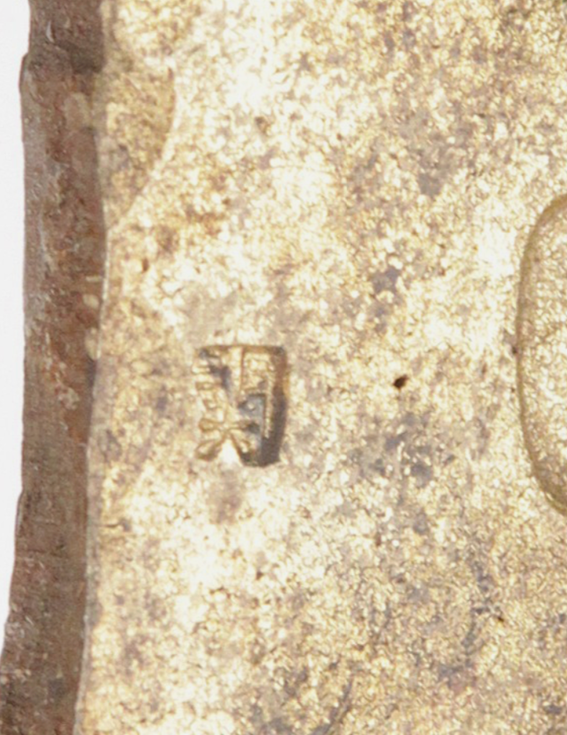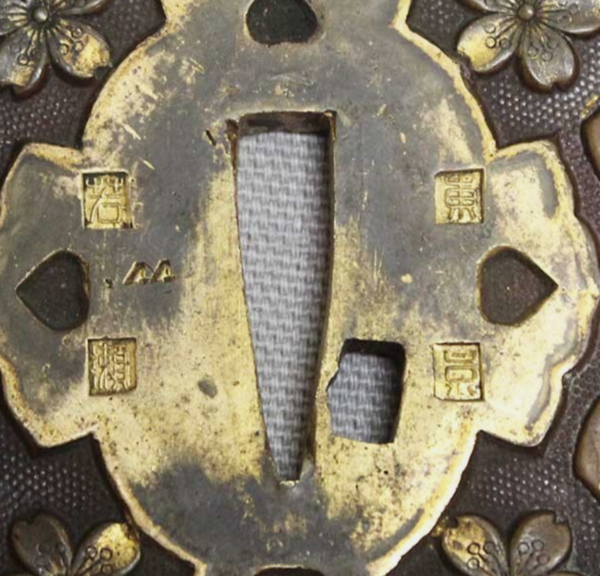
John C
Members-
Posts
2,611 -
Joined
-
Last visited
-
Days Won
17
Content Type
Profiles
Forums
Events
Store
Downloads
Gallery
Everything posted by John C
-
WAY OFF TOPIC ALERT!! Sam: Are you using Adobe in-design (ID) for this project? I use it for all of my book covers and New Employee Orientation booklets I write. It can't be beat for what you are doing. You can get it by the month for just 35 bucks per. Okay...sorry for the digression. Back to type 95s.... John C.
-
Togi-mei. Kanji in the nagashi
John C replied to Scogg's topic in General Nihonto Related Discussion
Sam: Is this an older blade with a 1956 polish or a gendai blade? John C. -
Just noticed the subtitle for the Military Swords forum notes "non-traditional" blades. In light of Star Stamped gendaito, does this still apply? Certainly not a big deal, it just caught my eye. John C.
-
I have found this chart somewhat helpful and thought I would share for those who have not seen it. The chart lists the kanji in the first row, the sosho script in red in the second row, and the hiragana on which the sosho is based in the third row. Memorizing the hiragana table, in theory, should make deciphering the sosho script easier. John C.
-
- 8
-

-

-

-
Need help with this Horse Wakizashi sword identification.
John C replied to standupdann's topic in Translation Assistance
This is the only reference that Sesko has on him. But it gives you a trime frame for when he was active. MASANORI (正則), Bunkyū (文久, 1861-1864), Inaba – “Inshū Tottori-jū Masanori” (因州鳥取住正則) John C. -
-
NTHK appraiser seal identification
John C replied to AlexiG's topic in General Nihonto Related Discussion
I read their site first, however I was not sure if that was a current list or not. John C. -
NTHK appraiser seal identification
John C replied to AlexiG's topic in General Nihonto Related Discussion
Just to keep the thread going... These are from 7 Aug 2022 (Reiwa 4). Any help would be appreciated. John C. -
Well...one out of two isn't bad! John C.
-
-
-
@Bruce Pennington Do you have this yet? I searched this topic and didn't see it, however it looks familiar somehow. https://www.ebay.com/itm/405833514588? John C.
-
Thanks, Mal. I just went through that list. I did have most of them, however there were 2 newer listings I didn't have. Unfortunately, they didn't show pictures of the nakago. I list them anyway as "seller description only." Thank you very much, John C.
-
Great info, Mal. Those will be useful in developing possible lines of inquiry when a change occurs at a given time. I currently have 61 examples of his mei, including 2 tanto and 1 kogatana. And there are some definite patterns with his changes. But I'm still missing anything from that 19 year gap between 1954 and 1973. I know he was submitting swords for competition / awards during this time, however I have not found any referrences or pics of these swords as of yet. Thanks to both you and Bruce for the amazing assistance. John C.
-
That's how I have mine grouped as well, Bruce. But the imprecision makes it difficult to determine if sporadic mei changes are linked to various life events. For example, in January 1945, Kanehide used the older, more common variant of "Kane" before reverting back to his war-time signature in Feb. Also in January of 45 he was honored by having his name recorded at Kasuga Shrine. Did this event prompt a signature change (rhetorical)? The only way to make an educated guess is to look at life events compared to mei changes and see if there is a pettern. John C. p.s. He could have an autobiography in Japanese that would answer the question, which I don't have access to.
-
Great, Mal. I just read your write-up and saw the examples of listing the month after the "2600" date. Follow-up question: If there is no month listed, would we then assume either Feb or Aug based on tradition? John C. p.s. I'm trying to file my Kanehide references in date order. I have a Feb and July 1940 and an trying to figure out where the "Koki ni sen roku hyaku nen" date would be filed if there is no month listed on the nakago.
-
Hello: I've seen a few swords with the Koki ni sen roku hyaku nen (1940) dates, however I have not seen one with a month or season listed. I was wondering if there were a specific month or season in which these were usually made? John C.
-
Thanks, Bruce. That's great. Not sure it matters for your data set, however the one labeled Aug 44 was mis-identified by the website (I had seen that one as well). It's actually June 44 (Kanehide has a very particular way he makes his 6's, which can look like an 8 if the picture is blurry). Also, it's a little interesting that on two he used a black and red paint scheme rather than the green and blue we normally see. John C.
-
Thank you, Mal! I had one of them (1944) but not the other so much appreciated. John C.
-
At least 4 Yasunori available - one tanto, one papered. https://www.ebay.com/itm/376358762059? https://www.ebay.com/itm/306468598203? https://www.ebay.com/itm/357808868509? https://www.ebay.com/itm/357808853956? Does that seem weird or just coincidence? John C.
-
Thanks Tom. I totally forgot I already posted this!!!! ...it's not the years, it's the mileage.... John C.
-
-
Jan: Does this mean "master" or "teacher" in this context? John C.










